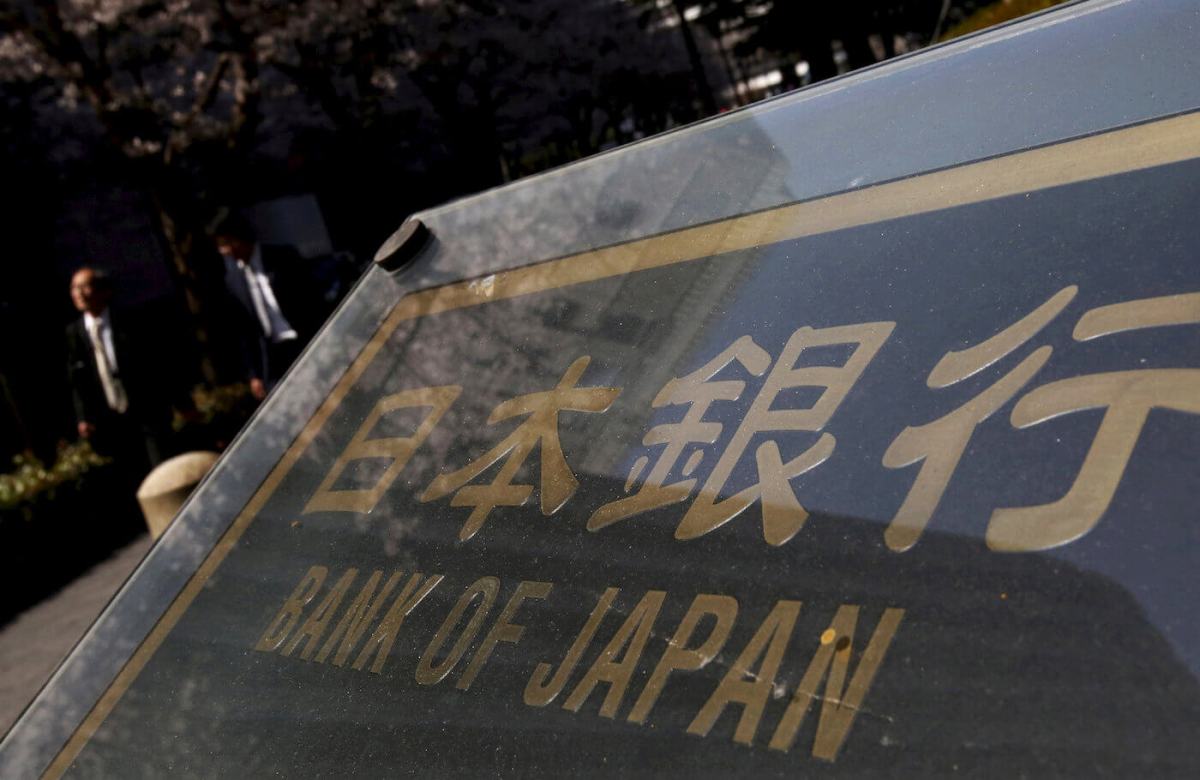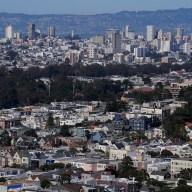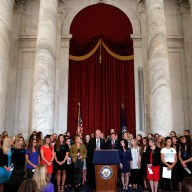By Leika Kihara
TOKYO (Reuters) – Dashed expectations of a U.S. interest rate rise next week could force the Bank of Japan to use its dwindling policy ammunition sooner than it had wanted, as a resurgent yen further crimps the recovery in the country’s exports and consumer prices. Much worse-than-expected U.S. jobs numbers last week all but erased the prospect of a June or July Federal Reserve rate hike, one of the few external factors Japanese policymakers had been counting on to weaken the yen against the dollar as they seek to reflate the economy out of stagnation. While the BOJ had been hoping to keep its policy powder dry in June and July, some analysts say diminishing expectations for a near-term Fed hike mean the BOJ could ease next month, if not earlier. The BOJ surprised markets at its last policy meeting in April when it chose not to ease. Ahead of that meeting, markets had expected an April easing to focus on boosting purchases of stock trust funds. “The BOJ doesn’t directly target yen moves, but their impact on the economy and prices is very important in its policy decisions,” said one source familiar with the BOJ’s thinking. On Monday, the dollar weakened to under 107 yen following the employment data, off its 18-month low of 105.55 yen hit in May but still well below last year’s levels above 120 yen.
“It’s true sharp yen rises would hurt corporate profits, so in that sense it affects the BOJ’s policy decision,” the source added.
BOJ Governor Haruhiko Kuroda, a former top Japanese currency diplomat, has repeatedly said he is ready to pull the trigger if a strong yen threatened the export-reliant economy.
Current dollar/yen levels are well below the average rate of 117.46 yen that manufacturers assumed for the current fiscal year, the BOJ’s quarterly “tankan” survey for March showed, which could translate into lower profits and investment. The yen had pulled back from 18-month highs in early May on growing expectations of a summer Fed hike. But the weakest U.S employment growth in more than five years in May looks to have pushed back any rate rise and deflated the dollar. None have publicly said so, but the tacit hope among Japanese policymakers had been for a near-term Fed rate hike to help stem yen gains, which have hurt exports and undermined one of the key transmission channels of the BOJ’s stimulus. With Japan unable to win support from other major economies for currency intervention, the challenge for the BOJ will be to frame policy so that it keeps yen rises at bay without that appearing to be its main intention. “We think the BOJ is going to ease in October. But the BOJ is very nervous about a strong yen and it could take actions earlier,” said Minori Uchida, chief FX strategist at Bank of Tokyo-Mitsubishi UFJ. “A fall in the dollar/yen below 105 could be a trigger.”
The BOJ’s meeting finishes on Thursday next week, the day after the Federal Open Market Committee (FOMC), so the board will be able to factor in the Fed’s outlook and yen reaction.
The BOJ may also want to wait until after the UK referendum on June 23 on whether to leave the European Union, a potential flight-to-safety event that could drive up the yen, before it eases again. Some Japanese policymakers are still wary of reacting too quickly to what could be a temporary yen blip, arguing that the currency market may be over-reacting to the payrolls data.
“What’s key is how currency moves could affect business activity, notably capital expenditure plans,” said another source familiar with the BOJ’s thinking.
STALLING INFLATION
The stronger yen is also pushing down import costs and discouraging some firms from raising prices, weighing on consumer inflation that has ground to a halt despite nearly three years of aggressive money printing by the BOJ. Particularly worrying for the BOJ is recent weakness in its preferred price index, which showed consumer inflation hit 0.9 percent in April, the slowest pace in a year. That cast doubt on the central bank’s argument a steady economic recovery was sustaining a broad uptrend in inflation. “Risks to the price outlook are heavily tilted toward the downside, so the BOJ probably sees no room for complacency,” said a third source familiar with BOJ thinking.
(Additional reporting by Stanley White, Yoshifumi Takemoto and Hideyuki Sano; Editing by Sam Holmes)
Weak U.S. jobs spoil BOJ’s hopes of immediate Fed help on yen

By Leika Kihara














